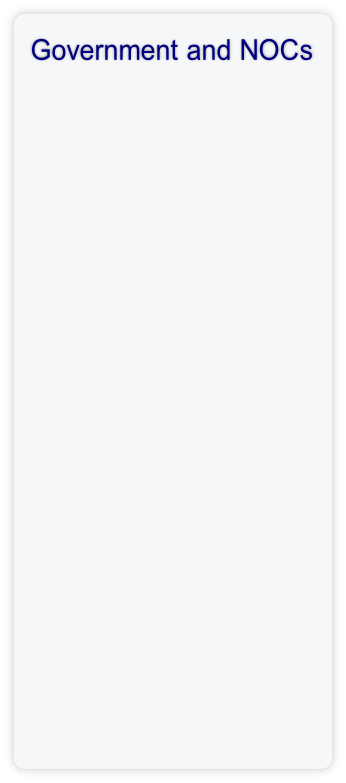
Globalshift.co.uk - copyright © 2009 to 2024; All rights reserved.
Data in this website may not be the most recent available Home | Terms of use
| Contact



S. AND E. AFRICA
Boy at the coast
Kenya (the Republic of Kenya) lies on the equator and is bordered by Tanzania (south), Uganda and South Sudan (west), Ethiopia (north) and Somalia (east). The Indian Ocean abuts its southeastern coat.
People lived in Kenya 200,000 years ago, replaced by settlers migrating from South Sudan and then by Bantus from West Africa. Swahili coastal city states had developed by 100 AD, which traded with Arabs.
The Kilwa and Zanzibar Sultanates were dominating the region in 1000 AD until Europeans arrived in the 15th Century. In the 1690s the coast was conquered by Arabs from Oman and the slave trade was expanded. In 1885 a German protectorate was established over the Sultan of Zanzibar’s coastal possessions but Germany ceded Kenya to the UK in 1890.
It became the East Africa Protectorate in 1895 succeeded, in 1920, by the Kenya colony. The railway, constructed using Indian labour, allowed the interior to be settled by white coffee and tea farmers, displacing the indigenous people.
The Mau Mau rebellion against British rule began in 1952 with violence by both sides. Kenya finally obtained independence in 1963 and is now relatively stable although it suffers attacks by terrorists based in Somalia. It is divided into 47 semi-autonomous counties with coffee and tea exports and services important to the economy.
Kenya overlies the East African Rift extending north from Lake Victoria to Lake Turkana and southeast to the Indian Ocean.
From the coast on the Indian Ocean, low plains rise to savannah and central highlands, bisected by the Rift Valley. A plateau region lies in the northeast. The central Kenyan Highlands include the volcanic Mount Kenya, the second highest mountain in Africa at 5,199m
Until 2012 Kenya had no identified oil or gas , onshore or offshore. Despite efforts by oil companies to identify commercial hydrocarbons through seismic surveys and drilling there had been no success.
However, in early 2012 Tullow reported an oil find in the Ngamia prospect in the north-western region of Turkana within the East African rift. Apache was also drilling for offshore gas and reported a small discovery later in the year. These finds have opened up new plays in both regions and a whole series of oil discoveries have been reported.
East African rift basins on trend with those in Uganda may thus eventually yield commercial oil and Globalshift has assigned an oil production profile to the country with small-scale production beginning in 2018 by trucking and then greater volumes in the early 2020s by pipeline. Gas will likely be produced much further in the future, waiting on suitable infrastructure.
South and East Africa



KENYA
Map and National Flag





Kenya is a presidential representative democratic republic. The President is both the head of state and head of government, and of a multi-party system.
Legislative power is vested in the government and a bicameral Parliament which consists of a 349-member National Assembly (Bunge) elected for 5-year terms, and a 67-member Senate mostly elected from counties.
The Ministry of Energy and Petroleum (MoEP) oversees the strategic direction of the oil and gas industry.
The National Oil Corporation of Kenya, incorporated in 1981, is an integrated state-owned Corporation involved all aspects of oil and gas including operates its own exploration acreage.

Capital
Population
Land area (sq kms)
Oil prod (000s b/d)
Gas prod (bcm/yr)
Oil cons (000s b/d)
Gas cons (bcm/yr)



Nairobi
41 mm
580,367
None
None
83
None
Click below for:


Excel files - histories and forecasts of production and wells for all countries and regions


